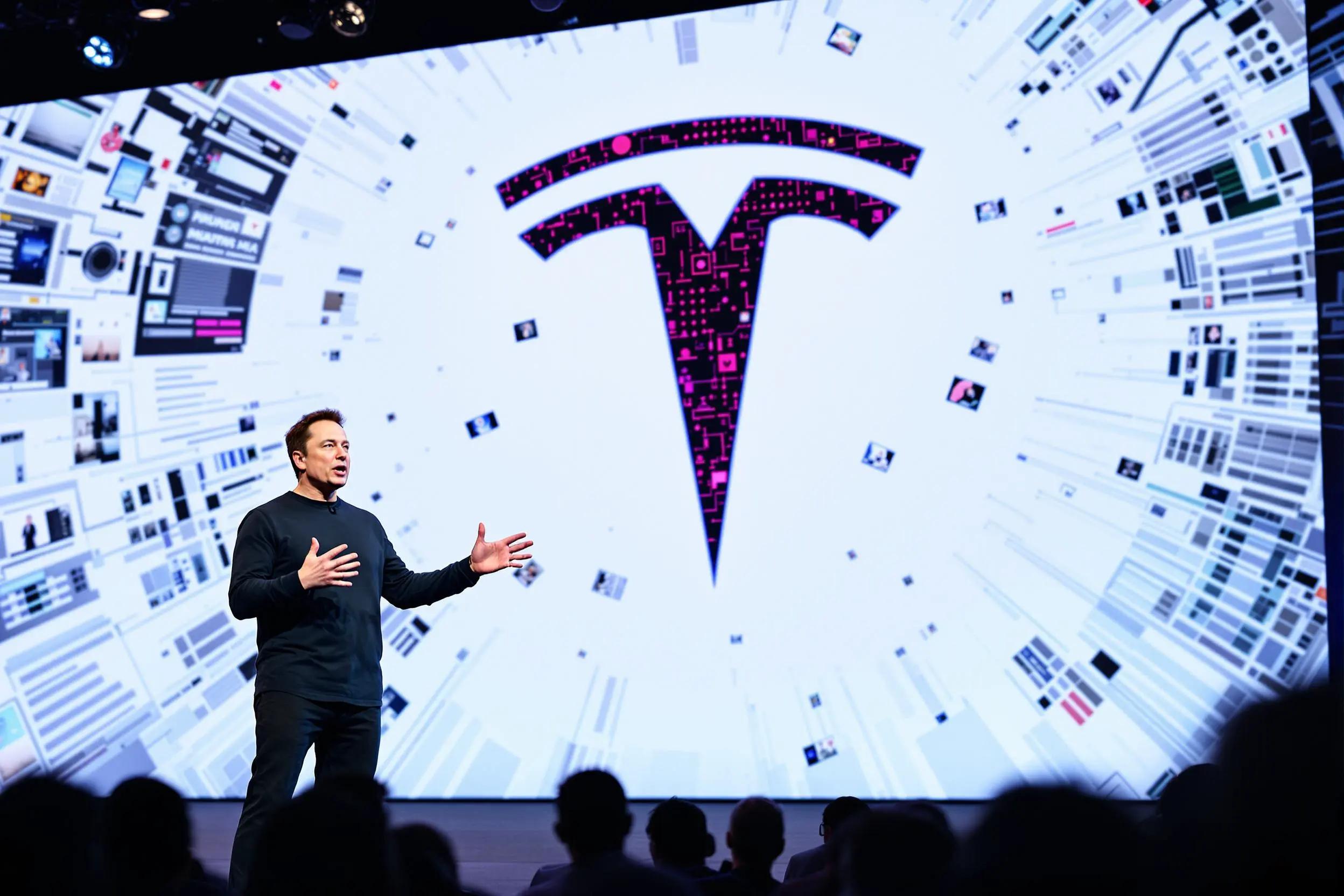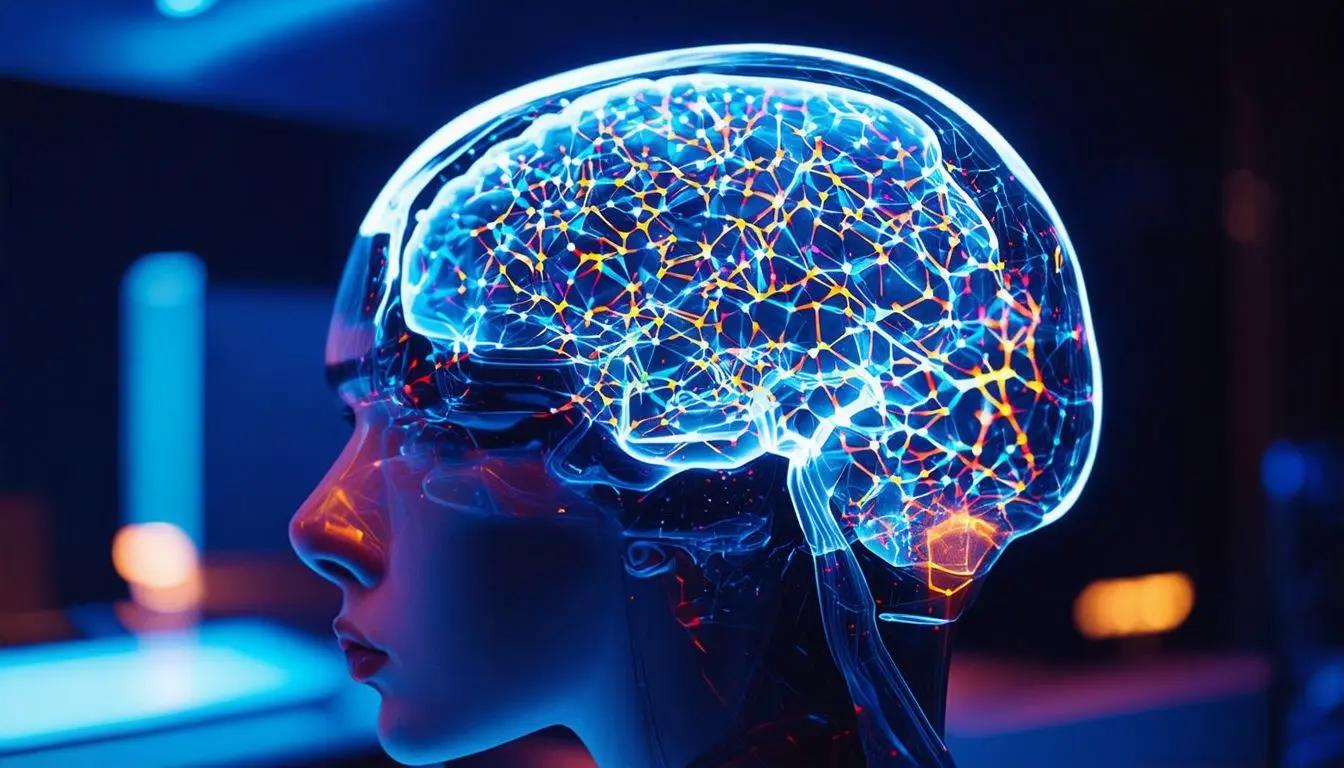November 19, 2024|6 min reading
Elon Musk’s Vision: AI, Mars, and a Future of Abundance

Elon Musk, the billionaire entrepreneur behind Tesla, SpaceX, Neuralink, and other groundbreaking ventures, is renowned for his bold visions of the future. Recently, Musk shared his thoughts on artificial intelligence (AI), robotics, space exploration, and societal transformation. From the rise of humanoid robots to Tesla's Robotaxi revolution and Mars colonization, his insights provide a glimpse into the extraordinary future he envisions.
Artificial Intelligence: A Catalyst for Human Advancement
Musk's predictions about AI are as ambitious as they are thought-provoking. He forecasts that AI capabilities will multiply tenfold annually, potentially matching human-level intelligence by 2028-2029. This rapid advancement positions AI as a powerful ally for humanity, although it comes with risks.
AI Risks and Safety Measures
Musk emphasizes that AI must be designed to seek truth and align with human values. Current systems, he argues, risk being overly influenced by localized ideologies. His solution? Building AI models that prioritize objectivity and align with universal human ethics.
Colossus Cluster and Global AI Expansion
Musk’s Colossus Cluster represents the next frontier in AI infrastructure. Designed to support massive computation, it highlights the growing need for energy-efficient systems to power AI and electrified transportation. Musk envisions a future where every country operates its own AI cluster as a fundamental part of national infrastructure.
Tesla Robotaxis: Redefining Transportation
Tesla’s vision for autonomous vehicles is set to become a reality by 2025, with fully autonomous Robotaxis launching in California and Texas. These driverless vehicles are expected to revolutionize urban transport, offering safer, more efficient alternatives to traditional cars.
Autonomous Fleet Growth
By the end of 2024, Tesla plans to have over 100 million autonomous vehicles on the road. This milestone positions the company as a leader in self-driving technology, with the potential to save millions of lives annually through safer transportation.
The Cybertruck and Optimus Robot
Tesla's futuristic Cybertruck will also play a key role in the company’s autonomous network. The Optimus humanoid robot, slated for mass production by 2026, could further transform industries ranging from logistics to healthcare.
The Mars Mission: Humanity’s Next Chapter
Musk’s Starship program aims to make humans a multiplanetary species. Following the success of recent launches, Musk predicts that humans could land on Mars by 2030.
Why Mars Matters
Musk sees Mars colonization as a critical step in securing humanity’s long-term survival. Establishing a self-sustaining civilization on another planet would act as a safeguard against Earth-bound existential threats, from climate change to AI mismanagement.
Key Milestones
- 2024: Starship launches to Mars for testing.
- 2026-2027: Human missions begin during the next optimal launch window.
- 2030: Permanent human presence established on Mars.
The Role of Robotics in a Future of Abundance
Humanoid robots, like Tesla's Optimus, could outnumber humans by 2040. Musk envisions a world where these robots perform tasks across industries, contributing to unprecedented productivity and economic growth.
Economic Implications
With robots and AI handling production, the cost of goods and services could plummet. Musk predicts a post-scarcity economy where high universal incomes replace basic income models.
Challenges and Opportunities for Policymakers
Musk’s vision extends beyond technological innovation to include actionable advice for governments and businesses:
- Invest in AI Infrastructure: Countries should establish national AI clusters to remain competitive.
- Encourage Birth Rates: Declining populations pose a long-term risk to global stability.
- Streamline Regulations: Overregulation can stifle innovation in critical industries like AI and space exploration.
A Future Driven by Bold Innovation
Elon Musk’s ideas might seem far-fetched, but history shows his ability to turn audacious visions into reality. From Tesla’s autonomous fleet to Starship’s Mars missions, his contributions could shape a future of abundance, where technology works for humanity’s benefit.
As we approach an era defined by AI, robotics, and interplanetary exploration, Musk's roadmap offers both inspiration and a challenge: to embrace change and use technology to create a better world.
FAQs
How fast is AI advancing according to Elon Musk?
Musk predicts AI capabilities will multiply tenfold each year, potentially matching human intelligence by 2028-2029.
What is Tesla’s plan for Robotaxis?
Tesla aims to launch fully autonomous Robotaxis in California and Texas by mid-2025, with over 100 million autonomous vehicles in operation by the end of 2024.
When will humans land on Mars?
Musk forecasts that humans could land on Mars by 2026, with a permanent presence established by 2030.
What is Tesla Optimus?
Optimus is a humanoid robot designed by Tesla to perform tasks across industries. Mass production is expected to begin by 2026.
Why does Musk emphasize birth rates?
Musk warns that declining birth rates could lead to significant population reductions in many countries, threatening global economic stability.
What advice does Musk give to policymakers?
He encourages investing in AI infrastructure, addressing population decline, and reducing overregulation to foster innovation.
Explore more

Unlocking the Future: The Revolutionary Potential of Brain Image Reconstruction Technology
Discover how brain image reconstruction technology is pushing the boundaries of science and art by decoding thoughts int...

Can Artificial Intelligence Replace Human Intelligence?
Exploring the capabilities and limitations of AI in comparison to human intelligence.

AI Decodes Brain Activity into Images: Groundbreaking Research Sparks Ethical Debate
Osaka University researchers develop AI to decode brain activity into images, raising ethical concerns about future mind...
